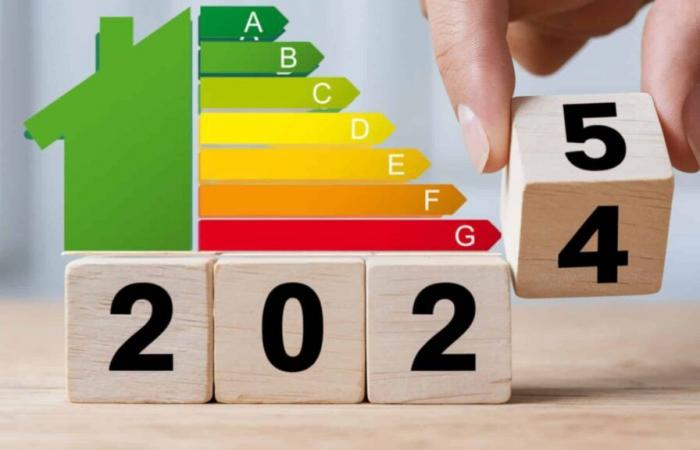In order to estimate the energy consumption of condominiums, as well as their greenhouse gas emissions, the government has implemented a compulsory collective energy performance diagnosis (DPE). This measure will undergo many changes.
While this obligation only concerned co-ownerships of 200 lots, it will become mandatory for buildings with more than 50 lots from January 1, 2025. It will be extended to co-ownerships of less than 50 lots from January 1, 2026. According to the founder of Homapi, a company that uses artificial intelligence to analyze the environment and potential, Éric Houdet, this document has a vital issue for environmental protection. “At a time when the climate crisis demands concrete action, the DPE represents a decisive step for owners, property managers and residents,” he told our colleagues at Progress.
He explains, on the other hand, that the DPE has become a significant criterion in the choice of housing for buyers and investors. “A favorable DPE can significantly influence the valuation of a property. Conversely, co-ownerships that do not comply with these new standards could see their value deteriorate,” he explained. It also encourages co-owners to carry out the necessary work to improve the energy performance of their building.
Individual DPE remains necessary
Furthermore, it is useful to specify that the establishment of a collective DPE does not cancel the need for the individual DPE, which is also a very important document. “Individual DPEs are essential, offering a detailed analysis of energy consumption and greenhouse gas emissions for each unit,” explains Éric Houdet, who believes that collective and individual DPEs are two systems that complement each other.
Let us remember, on the other hand, that in addition to its obligatory aspect, the creation of a DPE allows co-owners to make significant savings on their energy bills. By improving the energy performance of their homes, for example by installing thermal insulation, they will avoid heat loss, thus increasing the efficiency of their heating system.
However, it is useful to point out that setting up collective DPE is quite complex. It requires the collaboration of residents, co-ownership associations, as well as rental managers. “The support of public and private institutions is crucial. Access to financial aid and subsidies will facilitate the completion of the work,” assures Éric Houdet.






